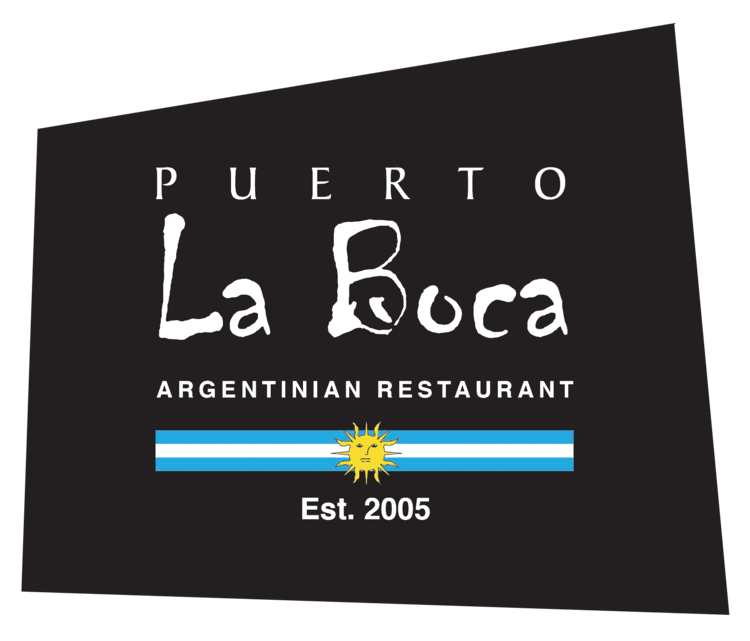Little Italy restaurants have become the talk of San Diego, and not merely those serving Italian food. A mix of fine dining establishments, ethnic eateries, and fast casual concepts has rejuvenated Little Italy's dining scene in recent years, adding a new era to the neighborhood's rich history.
The History Of Little Italy
The history of Little Italy goes back nearly 100 years. The waterfront community represents San Diego's oldest continually active district. Little Italy originally took shape in the 1920s, as Italian fishermen and their families began settling there to be close to the city's tuna industry. For a time, San Diego was known as the "tuna capital" of the entire west coast, and the 6,000 immigrant families populating Little Italy were a huge reason why.
Commercial Fishing
The fishing boats and canneries that historically lined Little Italy's waterfront have gone away since the tuna industry left San Diego. Dolphins commonly swim with tuna off the Mexican coast of the Pacific, where most of Little Italy's fishermen would ply their trade. In the 1980s, dolphins dying in tuna fishing nets became an issue of national concern, and the creation of the Dolphin Safe label meant that commercial tuna fishing off our coastline was no longer viable.
Period Of Decline
In the meantime, the neighborhood was shrinking. Construction of interstate 5 in the 1970s had reduced the size of Little Italy by more than a third, confining it to a narrow strip of blocks framed between the freeway and San Diego Bay. The loss of industry and real estate during these times saw Little Italy enter a period of decline for the first time.
Little Italy Makes A Comeback!
Nevertheless, the history of Little Italy has helped it come back and even thrive in the decades since. Vacant industrial spaces inspired artists and designers to move in, revitalizing the community to such an extent developers followed, investing millions in residential construction and the gentrification of businesses. This interest brought tourists and locals alike to the neighborhood, where they embraced a small family of restaurants celebrating its Italian heritage.
Keeping Traditions Alive
Little Italy's community association began organizing annual festivals to further keep such history and traditions alive. Its oldest, May's Sicilian Festival, dates to 1993 and celebrates Sicilian culture and commemorates the contributions Italians have made to San Diego's history. The Little Italy Festa, held each November, is the nation's top Italian festival outside New York. It features crafts and entertainment, and of course Italy's finest export: its food. Twice per year, the Taste of Little Italy gives local restaurants a chance to show off their dishes to attendees from all over the city.
A Restaurant Mecca
This prevalence of food in Little Italy's history may be a big reason it has become a veritable restaurant mecca in the past few years. While traditional Italian restaurants continue to represent the neighborhood's history, establishments representing several different cultures have helped lay a foundation for the argument Little Italy has become San Diego's premier dining destination.
Puerto La Boca In Little Italy
One restaurant that happens to do both is Puerto la Boca. The Argentinian steakhouse has become a staple for quality, classic Argentinian dishes within Little Italy. Of course, Argentina has its own history of Italian immigration, meaning a number of its culinary traditions include Italian dishes prepared through an Argentinean filter. In its way, Puerto la Boca jibes with Little Italy's history, while adding to the cultural flair that makes current day Little Italy such an in-demand destination.

